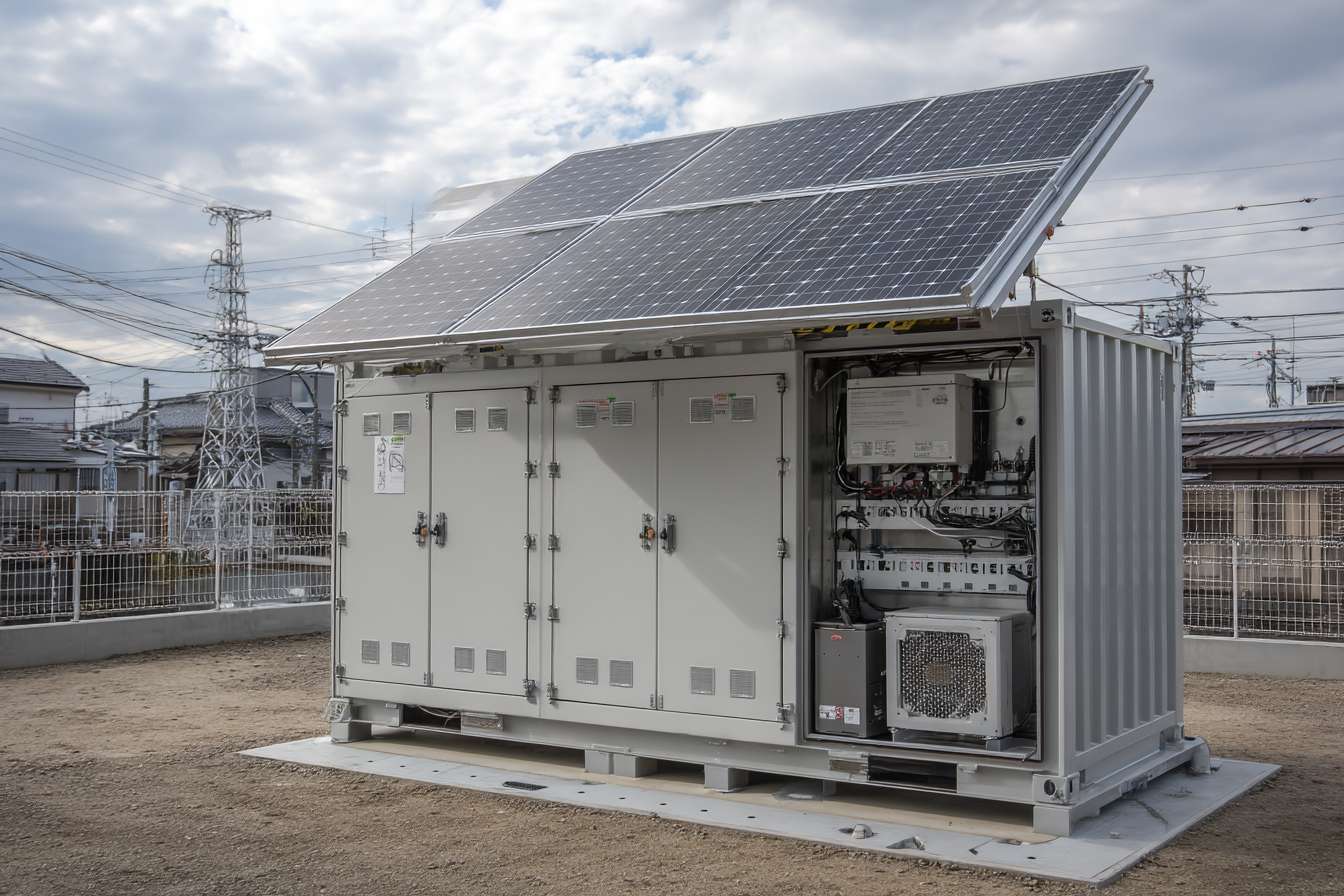Battery energy storage systems for homes and renewables
Battery energy storage is a way to capture electricity for use later, helping balance supply and demand across homes, businesses, and power grids. Installed alongside renewable generation or as standalone systems, battery systems store energy when production exceeds use and release it when needed. This article explains how battery storage works, options for pairing with solar panels, considerations for home battery systems, and how storage can improve overall energy efficiency.

What is battery storage?
Battery storage refers to systems that store electrical energy in chemical form for later use. The most common technology today is lithium-ion, valued for high energy density and efficiency, while other options include flow batteries and lead-acid in niche applications. Key components are battery modules, an inverter to convert DC to AC, a battery management system for safety and performance, and sometimes integrated cooling. Batteries can operate on short timescales (seconds to minutes) for grid stability or for hours to shift energy from low-demand to high-demand periods.
How does battery storage support renewable energy?
Battery storage smooths the variability of renewable energy sources such as wind and solar panels by absorbing excess generation and delivering power when generation is low. This reduces curtailment of renewables, helps maintain grid frequency and voltage, and enables higher penetration of intermittent resources. On a system level, storage can provide ancillary services—frequency regulation, peak shaving, and reserve capacity—that help operators integrate more renewable energy without compromising reliability or power quality.
How do solar panels pair with battery storage?
Pairing solar panels with a battery lets a household or facility capture midday solar production for evening use, reducing dependence on the grid. In typical residential setups, solar panels produce DC power, which flows through an inverter and charges a home battery during surplus generation. When generation falls below demand, the battery discharges to supply loads. Integrated inverters or hybrid systems simplify installation and management. Sizing a combined solar-plus-storage system involves estimating daily generation, consumption patterns, and desired backup duration, plus accounting for system losses and expected efficiency.
Is a home battery right for you?
A home battery suits households seeking backup power, time-of-use bill reduction, or greater use of on-site renewable energy. Evaluate local electricity rates, grid reliability, incentives, and your typical load profile. Consider battery capacity (kWh), power rating (kW), round-trip efficiency, expected cycle life, warranty terms, and safety certifications. Installation requires a qualified electrician or installer and may involve permitting and interconnection agreements with local services or the utility. For those focused on resilience, a dedicated backup circuit and transfer switch are important design elements.
How does battery storage improve energy efficiency?
Battery storage improves energy efficiency at the system level by reducing losses associated with ramping conventional generators and by enabling more direct use of locally generated renewable energy. While chemical-to-electrical conversion involves some round-trip losses, the net effect can be lower overall energy waste when storage reduces curtailment and transmission losses from distant generation. Additionally, batteries enable demand-side strategies—shifting consumption away from peak pricing periods and smoothing loads—which can reduce reliance on inefficient peaking plants and improve the utilization of existing generation assets.
Maintenance, safety, and lifecycle expectations
Battery systems require periodic checks but relatively low ongoing maintenance. Typical maintenance tasks include monitoring state-of-health via the battery management system, ensuring proper ventilation and temperature control for installed cabinets, and scheduled firmware updates for inverters and control systems. Safety considerations cover proper installation, certified equipment, and protocols for thermal management and fault detection. Lifecycles vary by chemistry and depth-of-discharge practices; many lithium-ion systems are warranted for a set number of cycles or years. Recycling and end-of-life handling are important factors for environmental planning.
Conclusion
Battery energy storage offers a flexible tool for increasing resilience, integrating renewable energy, and enabling more efficient use of electricity at multiple scales. Whether paired with solar panels for a home battery installation or deployed on the grid, storage technology choices, sizing, and local regulatory conditions shape performance and value. Careful assessment of needs, technical specifications, and professional installation helps ensure systems meet expectations over their operational life.






